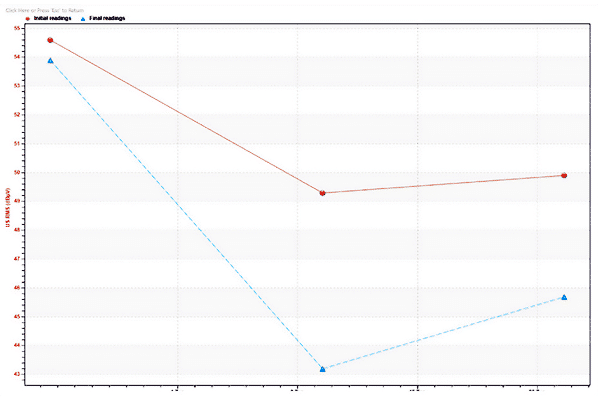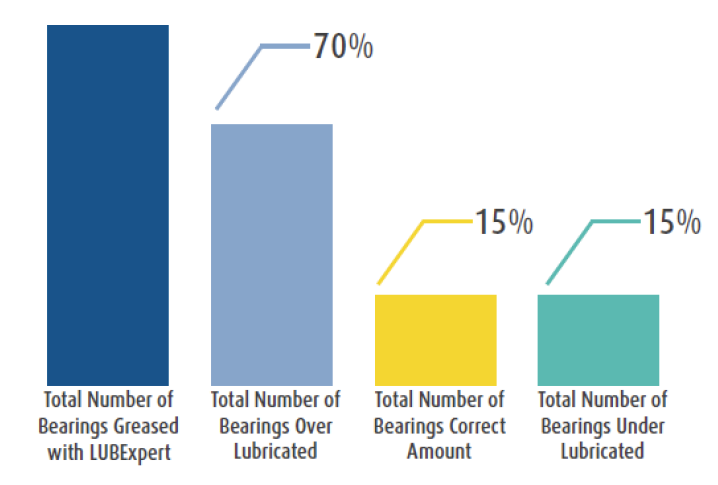Inspection Technique
Greasing of bearings using ultrasound, often described as best practice, helps us understand how much grease needs to be applied. Ultrasound is a good measure of friction – too little or too much grease in a bearing produces elevated friction levels. Using ultrasound, the right quantity of grease is determined by assessing the levels.
SDT LUBExpert ensures that the right quantity of grease is applied to each bearing using ultrasound, condition-based lubrication.
The Ultranalysis ® Suite 3 software also provides a means of storing valuable lubrication data, trending and traceability where grease replenishment quantity, intervals and ultrasound levels are recorded. Information stored in this database may also be used to optimize lubrication schedules / intervals and for root cause failure analysis.
The LUBExpert also facilitates basic screening of bearing condition using the ultrasound crest factor algorithm.


After having conducted numerous trials on a large volume of grease lubricated bearings from various plants which were previously greased using fixed replenishment rates calculated from grease application formulas and / or calculators.
In one example, using ultrasound (LUBExpert) to determine correct quantity of grease, the study indicated that approximately:
- 70% of bearings were being Over Lubricated;
- 15% of bearings were Under Lubricated; and,
- 15% of bearings had the correct replenishment rate.
Results obtained from this trial were similar to results obtained from other plants.
Results

Conclusion
The greasing of bearings is tailored to the condition of each bearing rather than relying on fixed / calculated quantities condition-based lubrication.
Greasing using ultrasound:
- Improves equipment reliability and availability by ensuring the bearings receive the correct amount of grease;
- Information collected and stored in the lubrication database facilitates further optimization of lubrication schedules and reliability programs;
- Reduction in grease usage and optimization of schedules has costs savings implication.




